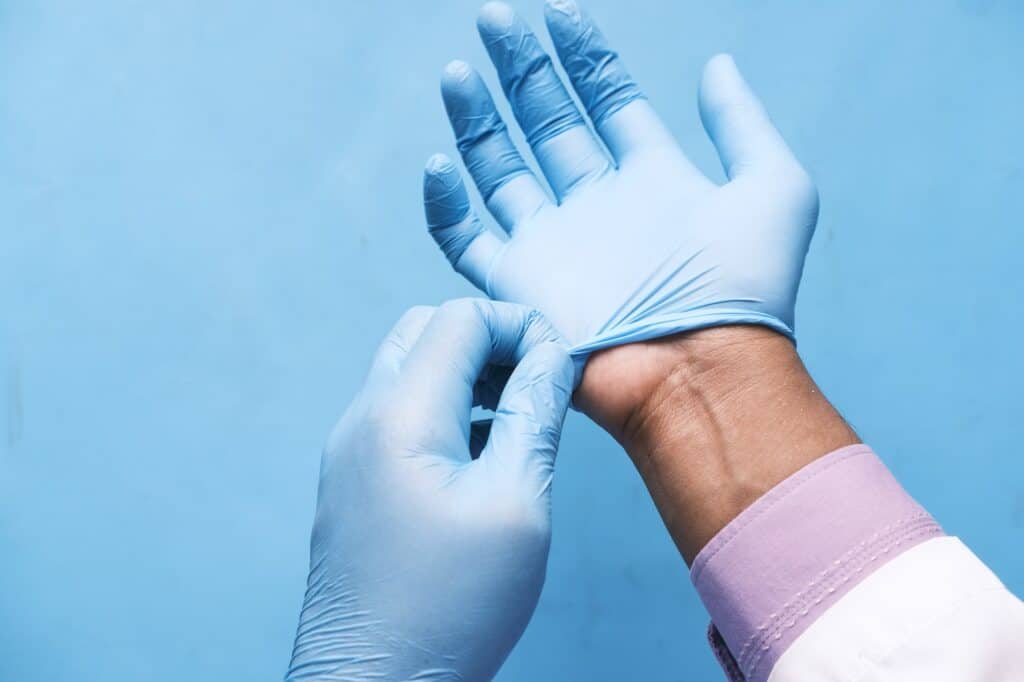- For B2B inquiries, call us at 36981778 or email info@worldmedico.dk
- ─
- For B2B inquiries, call us at 36981778 or email info@worldmedico.dk
- ─
- For B2B inquiries, call us at 36981778 or email info@worldmedico.dk
- ─
- For B2B inquiries, call us at 36981778 or email info@worldmedico.dk
- ─
- For B2B inquiries, call us at 36981778 or email info@worldmedico.dk
- ─
- For B2B inquiries, call us at 36981778 or email info@worldmedico.dk
- ─
- For B2B inquiries, call us at 36981778 or email info@worldmedico.dk
- ─
- For B2B inquiries, call us at 36981778 or email info@worldmedico.dk
- ─
- For B2B inquiries, call us at 36981778 or email info@worldmedico.dk
- ─
- For B2B inquiries, call us at 36981778 or email info@worldmedico.dk
- ─
- For B2B inquiries, call us at 36981778 or email info@worldmedico.dk
- ─
- For B2B inquiries, call us at 36981778 or email info@worldmedico.dk
- ─
- For B2B inquiries, call us at 36981778 or email info@worldmedico.dk
Menu




